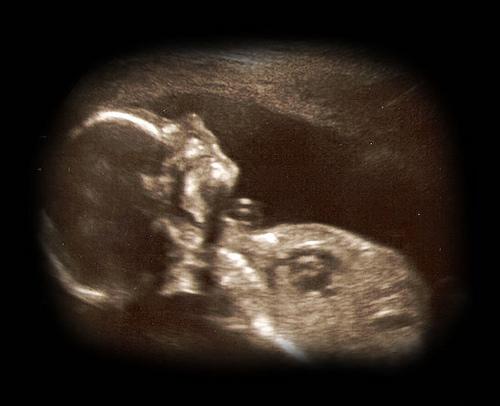Scientists working to sort out how Zika virus might damage developing fetal brains revealed another piece of the puzzle today—its ability to hijack a human immune molecule.
However, their experiments in the lab with a three-dimensional stem cell model also showed that treatment of infected cells with an inhibitor might be able to blunt the damage. A team based at the University of California San Diego (UCSD) reported its findings in Cell Stem Cell.
The group's work is the latest to involve organoids, or "minibrains," to explore how the virus affects developing brains, which could lay the groundwork for potential new therapies.
Stunted cell differentiation and cell death
Using the 3-D stem cell model of a first-trimester human brain, the researchers discovered that Zika virus activates TLR3, a molecule that human cells typically use to fight off viruses. Zika-activated TLR3 shuts down genes the stem cells use to specialize into brain cells and switches on genes that trigger cell death—a double punch signifying apoptosis.
Tariq Rana, PhD, senior author of the study and professor of pediatrics at UCSD School of Medicine, said today in UCSD news release, "We all have an innate immune system that evolved specifically to fight off viruses, but here the virus turns that very same defense mechanism against us."
Fortunately, there are TLR3 inhibitors that can block the process, he added.
During the experiments, the organoid shrank after the scientists added a prototype Zika virus strain. The healthy mock-infected organoids grew an average of 22.6%, compared with a Zika-infected organoid that decreased in size by an average of 16%.
To test if TLR3 activation was the cause of shrinkage, scientists treated some of the infected organoids with a TLR3 inhibitor. Though the inhibitor tempered Zika's severe effects on cell health and brain size, the response wasn't perfect: The treated infected organoids still showed more cell death and disruption than the healthy ones.
Researchers cautioned that although the results are promising, they reflect only experiments on human and mouse cells grown in the lab and that the Zika strain they used came from Uganda, which is slightly different from the one responsible for the outbreak in the Americas.
Rana said the 3D model was useful for identifying one microcephaly mechanism, "but we anticipate that other researchers will now also use this same scalable, reproducible system to study other aspects of the infection and test potential therapeutics."
Other developments
- Oxitec's transgenic mosquitoes will be used to fight Aedes aegypti mosquitoes on Grand Cayman island to reduce the threat of Zika and other mosquito-borne diseases, the company and the Grand Caymans Mosquito Research and Control Unit announced yesterday in a statement. Officials said they have had a difficult time reducing mosquito populations with traditional methods. The first phases of the roll-out will involve informing residents about the program, then conducting a pilot program to compare population levels of a limited treatment area with a non-treatment area.
- Spanish health officials today reported the country's first microcephaly detection in the fetus of a woman with a travel-related Zika and dengue infection, Reuters reported today. Catalonia's health department said various malformations were seen in the fetus, adding that the woman is 20 weeks along has decided to continue with her pregnancy.
- Ecuador has reported a slight increase in reports of acute flaccid paralysis (AFP) in children younger than 15 years old, the Pan American Health Organization (PAHO) said yesterday in its weekly situation update. AFP can be a manifestation of a wide spectrum of diseases. In reports in March and April PAHO noted increased rates of AFP in Colombia, Venezuela, and Honduras.
See also:
May 6 Cell Stem Cell study
May 6 UCSD press release




















